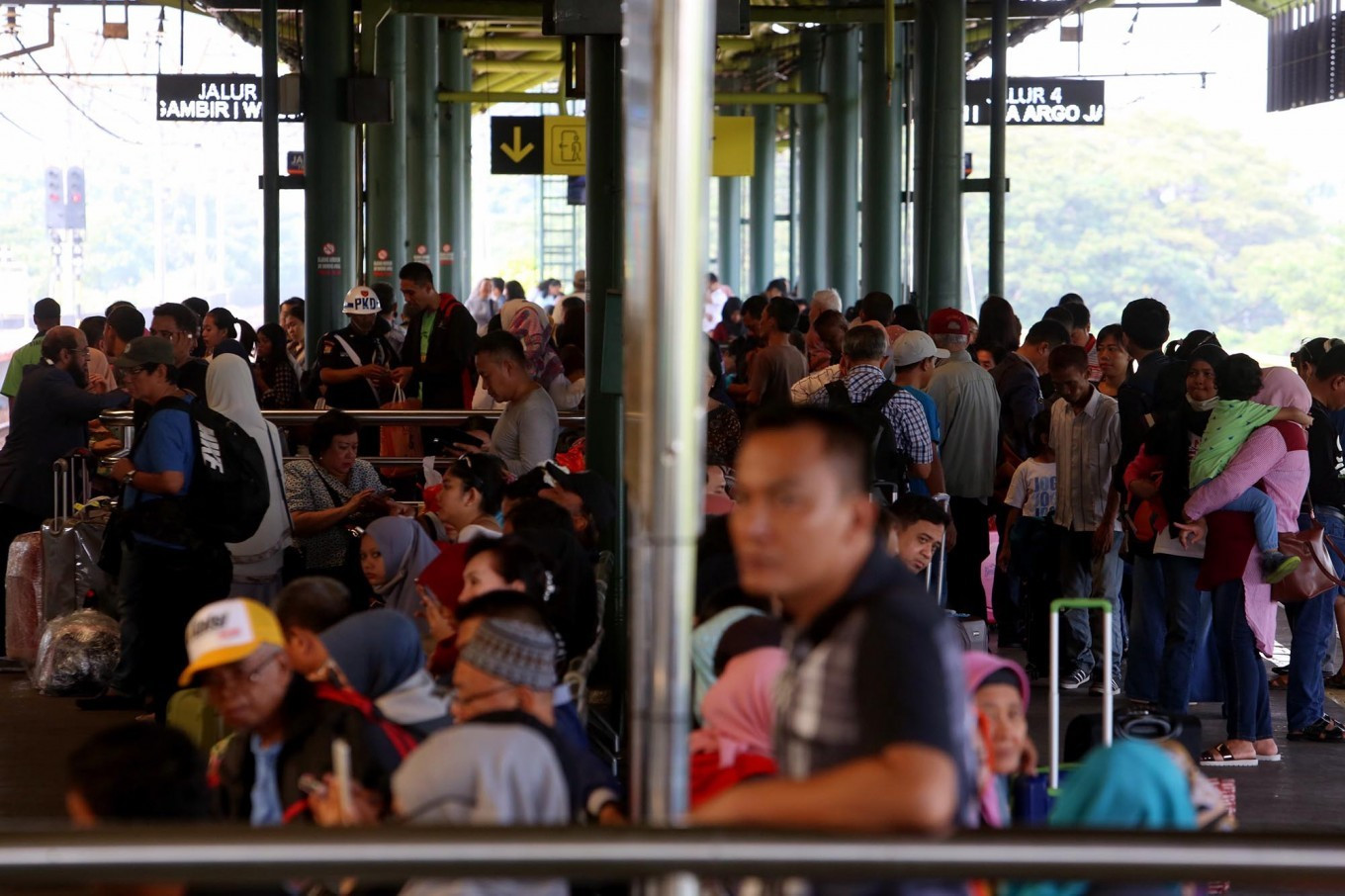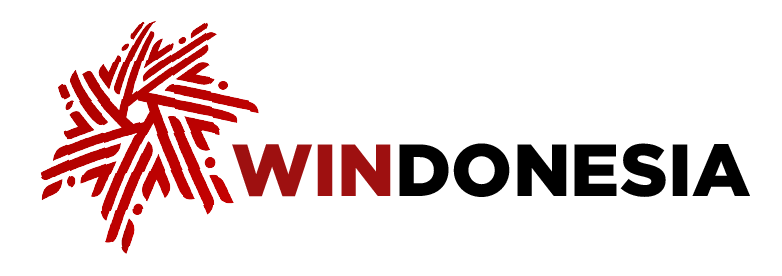News
Government's Differentiated KRL Fare Plan Sparks Protests
Tenggara Strategics (The Jakarta Post) September 27, 2024 Passengers wait for a train at Gambir Station in Central Jakarta on April 19. Commuter line operator KAI Commuter Jabodetabek (KCJ) will extend services to the Cikarang industrial area in Bekasi regency, West Java, later this year. (The Jakarta Post/Seto
Passengers wait for a train at Gambir Station in Central Jakarta on April 19. Commuter line operator KAI Commuter Jabodetabek (KCJ) will extend services to the Cikarang industrial area in Bekasi regency, West Java, later this year. (The Jakarta Post/Seto
The government’s plan to differentiate the pricings of Commuter Line (KRL) tickets based on commuters’ identity card numbers (NIK) has sparked widespread public outcry. The new fare plan, aimed at providing subsidized ticket fares only to those eligible, would result in a fare increase for the middle class, who are in an increasingly precarious position.
The differentiated fare plan is incorporated in the 2025 budget related to improvements in the implementation of government subsidies for public service obligations (PSOs). The budget subsidy for PSOs next year is Rp7.96 trillion (US$516.33 million), a 0.9 percent increase from the 2024 outlook.
Of the total budget, 60 percent, or Rp 4.79 trillion, is allocated for state-owned railway company Kereta Api Indonesia (KAI). There is no specific figure for the PSO subsidy allocations for KRL, but in 2023, KRL’s subsidy portion was 65.2 percent of the total PSO budget for KAI.
The government has argued that the fare increase for the middle class should be acceptable, as the KRL fares have remained the same since 2016 despite the increasing operating costs. Currently, the KRL fare is set at Rp 3,000 for the first 25 kilometers and an additional Rp1,000 for every subsequent 10 km.
For KRL users, however, a fare increase would be acceptable, but not fare differentiation based on income. Differentiating KRL users into rich and poor goes against the fundamental idea of inclusive public transportation that provides all groups with the same standards of service. KRL users have been demanding improvement in KRL services, such as in the headway time between trains and limited train capacity during peak hours.
Because transportation systems in Greater Jakarta are not yet integrated, commuters encounter issues in both the first and last mile of their journeys, in which they have to switch transportation modes. This causes transportation costs among commuters in Greater Jakarta to amount to 11.4 percent of their minimum wage, beyond the World Bank’s recommendation of 10 percent.
Despite its large size, the middle class in Indonesia often does not receive adequate social protection, unlike the poor and vulnerable. The middle class faces a subdued economy with the escalating risk of massive layoffs. Job cuts have reached 46,240 this year, 5,000 higher than the same period last year.
Experts have warned the government not to further burden the middle class as it could eventually drive them to massive protests such as those in Chile in 2019, known as the Chilean paradox. Indonesia now has a similar situation where the economy consistently grows at 5 percent, but it only benefits upper income earners. This was shown as workforce absorption in the formal sector declined from 44.12 percent in 2019, to 40.89 percent in 2023, causing the middle-class population to fall from 57.33 million in 2019, to 47.85 million in 2024.
An internal source from KAI acknowledged that the government's plan to reduce the KRL subsidy is a cover for raising train fares.
"The government and KAI are afraid of raising fares directly," said the source.
Many people are asking the government to be honest and periodically increase fares over several years. On the other hand, the mechanism that checks NIK draws too much attention. Meanwhile, many consumers feel that the KRL fare increase is still reasonable. The problem is that service standards have stagnated throughout the years, with surfacing issues such as a limited number of train cars, train frequency, punctuality and station facilities.
The issue is that KAI's role is only as the operator. Some of the facility-related matters are under the Transportation Ministry's Railways Directorate-General. Many facilities managed by the Ministry are poorly maintained, such as the elevators and escalators that frequently break down. The limited number of trains and carriages greatly reduces service capacity, subsequently triggering passenger overcrowding during peak hours.
The government's plan to reduce the KRL subsidy contrasts with the subsidy provided for the Jakarta-Bandung high-speed train Whoosh. Currently, the number of Argo Parahyangan trains is decreasing as they are being cut to create additional demand for Whoosh.
Another source mentioned that the revenue from KAI's coal transport must be reserved as a backup in case the KCIC continues to incur losses. As things stand, KAI’s finances are limited and they can no longer cross-subsidize their other business units, which would include KCI, the KRL operator.

